
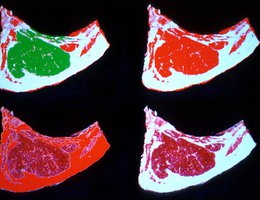
Issues related to the environment, use of drugs and chemicals, and other problems shaped not only public policy, but consumer demand. In meeting these challenges, new and expanding niche markets for cattle grew.
Since the first days of cattle in Nebraska, producers have worked to keep up with the wishes of their consumers. Breeding and feeding technologies were developed to produce the tasty meat that Americans and people around the world wanted.
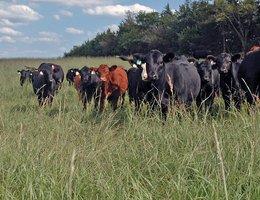
Most cattle in Nebraska belong to the Angus and Hereford breeds, but there are more than a dozen other breeds in our state. Some ranchers also raised their animals in special ways. A few ranchers raised cattle that were fed only on grass and never fattened with corn. Others raised animals without drugs or chemicals like antibiotics and hormones.
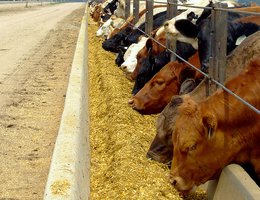
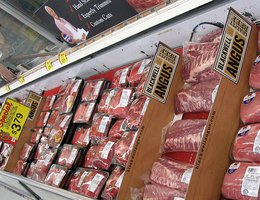
In the first few years of the 21st century, over 3,000 new products had been developed that made preparing beef easier and faster. Some beef products were already seasoned or marinated so there were many new flavor choices. Advances in freezing and transportation technologies allowed businesses to ship frozen meat anywhere in the world.
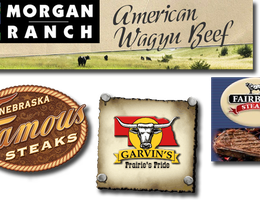
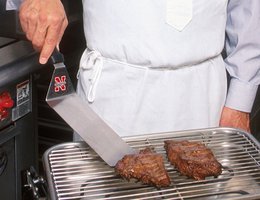
One important new idea came from researchers at the University of Nebraska. Dr. Chris Calkins, a meat scientist, and other researchers at the University of Nebraska and the University of Florida, were studying meats that were less popular. They were normally used for roasts or ground meat.
Dr. Calkins found a muscle in the front shoulder that his tests showed was quite tender. When Dr. Calkins cut that tender muscle from a piece of meat that would normally have been a roast, he found that he had invented a new steak: the flat iron steak. The flat iron steak quickly became popular because of its flavor, tenderness, and the way it easily took up marinades. The Nebraska “discovery” is now in many restaurants.
To get a sense of the range of special markets and special issues, you can look at the websites of organizations that support the Nebraska beef industry, like:

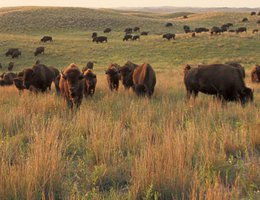
At the dawn of the 20th century, cattle had replaced bison on Nebraska’s prairies, and the type of large ranchers who ran their cattle over hundreds of thousands of acres of government land were long gone. However, Ted Turner (a nationally famous TV station owner) privately owned ranches in the western part of the U.S. with over 400,000 acres in Nebraska . . . on which he raised only bison! Turner’s ranches made him Nebraska’s largest landholder, and another contributor to the special niche markets.